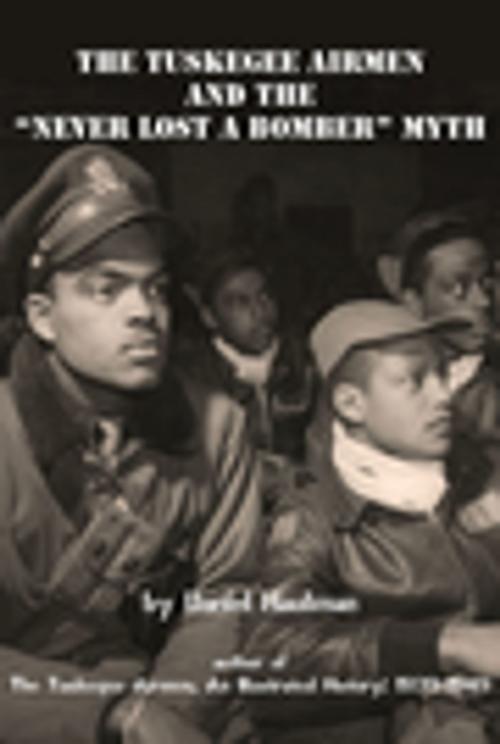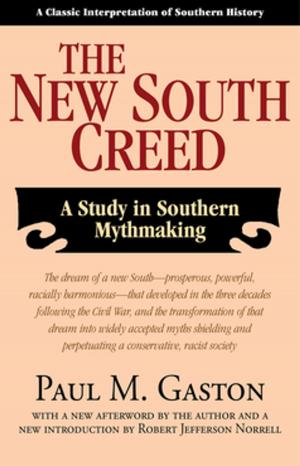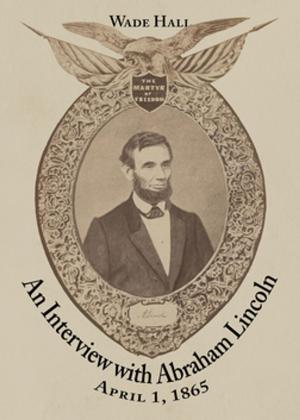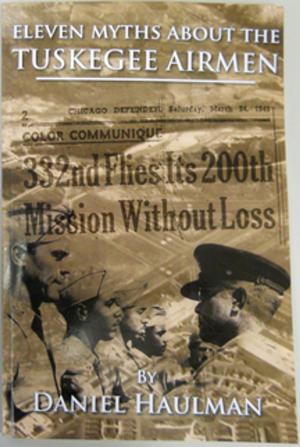| Author: | Daniel Haulman | ISBN: | 9781603061056 |
| Publisher: | NewSouth Books | Publication: | January 1, 2012 |
| Imprint: | Junebug Books | Language: | English |
| Author: | Daniel Haulman |
| ISBN: | 9781603061056 |
| Publisher: | NewSouth Books |
| Publication: | January 1, 2012 |
| Imprint: | Junebug Books |
| Language: | English |
During the first sixty years following World War II, a powerful myth grew up claiming that the Tuskegee Airmen, the only black American military pilots in the war, had been the only fighter escort group never to have lost a bomber to enemy aircraft fire. The myth was enshrined in articles, books, museum exhibits, television programs, and films. In actuality, the all-black 332d Fighter Group flew at least seven bomber escort missions, of the 179 it flew for the Fifteenth Air Force between early June 1944 and the end of April 1945, in which one or more of the bombers it escorted was shot down by enemy aircraft. In fact, 27 bombers the 332d Fighter Group was assigned to escort were shot down by enemy aircraft during the war, most during the summer of 1944. This article explores how the "never lost a bomber" myth originated and grew, and then refutes it conclusively with careful reference to primary source documents located at the Air Force Historical Research Agency. Among those documents are the daily mission reports of the Tuskegee Airmen's 332d Fighter Group (which indicates the bomb groups the Tuskegee Airmen escorted, and where and when), the daily mission reports of the bomb groups the Tuskegee Airmen escorted (which indicates if bombers were shot down by enemy aircraft at the times and places the 332d Fighter Group was escorting them), and the missing air crew reports, which show which aircraft were lost, including the type of aircraft, the unit to which it belonged, when and where it went down, and whether it went down by enemy aircraft fire. By piecing together these documents, the author not only proves that sometimes bombers under the escort of the Tuskegee Airmen were shot down by enemy aircraft, but when and where those losses occurred, and to which groups they belonged.
During the first sixty years following World War II, a powerful myth grew up claiming that the Tuskegee Airmen, the only black American military pilots in the war, had been the only fighter escort group never to have lost a bomber to enemy aircraft fire. The myth was enshrined in articles, books, museum exhibits, television programs, and films. In actuality, the all-black 332d Fighter Group flew at least seven bomber escort missions, of the 179 it flew for the Fifteenth Air Force between early June 1944 and the end of April 1945, in which one or more of the bombers it escorted was shot down by enemy aircraft. In fact, 27 bombers the 332d Fighter Group was assigned to escort were shot down by enemy aircraft during the war, most during the summer of 1944. This article explores how the "never lost a bomber" myth originated and grew, and then refutes it conclusively with careful reference to primary source documents located at the Air Force Historical Research Agency. Among those documents are the daily mission reports of the Tuskegee Airmen's 332d Fighter Group (which indicates the bomb groups the Tuskegee Airmen escorted, and where and when), the daily mission reports of the bomb groups the Tuskegee Airmen escorted (which indicates if bombers were shot down by enemy aircraft at the times and places the 332d Fighter Group was escorting them), and the missing air crew reports, which show which aircraft were lost, including the type of aircraft, the unit to which it belonged, when and where it went down, and whether it went down by enemy aircraft fire. By piecing together these documents, the author not only proves that sometimes bombers under the escort of the Tuskegee Airmen were shot down by enemy aircraft, but when and where those losses occurred, and to which groups they belonged.















